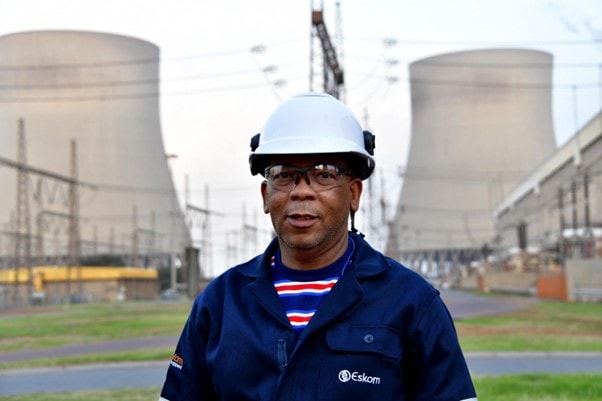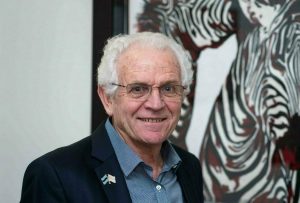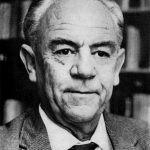While dr. Kgosientsho Ramokgopa, Minister of Electricity, celebrates his 100th day in office on 15 June, however, South Africa celebrates the most load shedding in a single year. Ramokgopa took office on 7 March this year after pres. Cyril Ramaphosa’s creation of this post during his State of the Union address the previous evening.
Most load shedding yet
Out of Ramokgopa’s 100 days in office, South Africa endured 99 days of load shedding – with only a single day without load shedding on 21 March.
Since the beginning of the year, South Africa has experienced around 3,711 hours – or 154 continuous “days” of load shedding. This means the government has turned off South Africans’ power for at least 94% of the total hours this year. This also means that South Africans have only had Eskom power 6% of the time since the beginning of the year.
The worst load-shedding year before 2023 was in 2022, when the power was off just over 40% of the time.
Within the next week, South Africa should already have endured more hours of load shedding than in the whole of 2022.

Likewise, there was only one day of the year on which no phase of load shedding was applied: a drastic increase in load shedding persistence compared to previous years.

In this respect, Ramokgopa was not yet a bright spot in the lives of South Africans.
Powers granted late
However, it was not until day 80 that Ramokgopa heard the extent of his powers. On 26 May, Ramaphosa indicated that section 34(1) of the Electricity Regulation Act outlines the scope of Ramokgopa’s powers.
This article, which has so far rested with Gwede Mantashe, Minister of Minerals and Energy Resources, deals with new generation capacity. As a result of this, Ramokgopa has the power to determine, in consultation with the National Energy Regulator of South Africa (Nersa), when new generation capacity is needed, as well as from which energy mix this power must be generated.

Ramokgopa therefore largely fulfills an oversight role by overseeing the response to the national electricity crisis, specifically the implementation of the energy action plan and the activities of the National Energy Committee.
Ministerial power struggle continues
However, Ramokgopa’s powers are still limited in the larger energy landscape and the ministerial power struggle over the electricity crisis continues.
Although Ramokgopa can determine and coordinate electricity needs, he is still not in charge of commissioning and acquiring generation capacity. Mantashe remains in charge of this with the Independent Power Producers Office still controlling execution.

Furthermore, Mantashe remains in charge of energy policy-making, which includes long-term planning, regulation, fuel pricing, pipelines and licensing – essential elements in the privatization of the electricity landscape.
DAY 5 – ANKERLIG OCGT FACILITY VISIT https://t.co/2JAvC47wog pic.twitter.com/Ff1X4zW9pG
— Dr Kgosientsho Ramokgopa (@Kgosientsho_R) March 24, 2023
In terms of this, Ramokgopa is enabled to determine the short-term acceleration, with Ministers Mantashe and Pravin Gordhan (public enterprises) still controlling long-term route determination.
Big media moments
However, with powers only granted late in the struggle, Ramokgopa soon met with the community and business sector, as well as foreign political leaders, to determine how actors could come together to resolve the power crisis. At several major media events, he met role players.

Among others, he met with the Chinese ambassador to South Africa, the Mozambican minister of minerals and energy, Business Unity SA, the Black Business Council, Mercedes-Benz, Volkswagen, Isuzu, Nissan and Toyota. The minister also visited the private vocational training college Sol-Tech for a discussion with Solidarity about the electricity crisis.
Furthermore, over the course of two weeks, Ramokgopa visited all the Eskom power plants to ascertain the state of affairs there.









